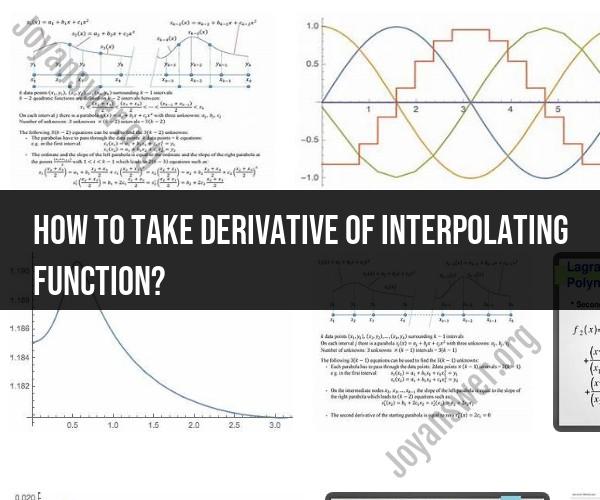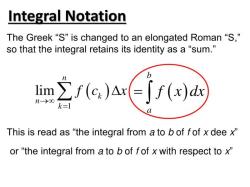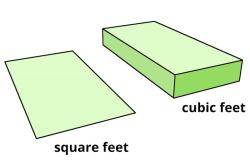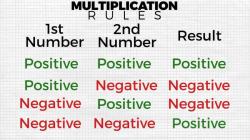How to take derivative of interpolating function?
Taking the derivative of an interpolating function involves finding the rate of change (slope) of the function at any given point. This can be useful in various applications, such as physics, engineering, economics, and more. Here are insights into how to take the derivative of an interpolating function:
1. Understand the Interpolating Function:
- An interpolating function is a mathematical representation of a set of data points. It's used to estimate values between the known data points. Typically, polynomial interpolation, spline interpolation, or other methods are used to construct the interpolating function.
2. Use the Function's Formula:
- To find the derivative of an interpolating function, you need its formula. Depending on the interpolation method used, the formula can vary. For example, if you have a polynomial interpolating function, you would have a polynomial equation.
3. Apply Differentiation Rules:
- Once you have the formula for the interpolating function, you can apply standard rules of differentiation to find its derivative. These rules include:
- The power rule: d/dx[x^n] = n * x^(n-1)
- The sum/difference rule: d/dx[f(x) + g(x)] = f'(x) + g'(x)
- The constant multiple rule: d/dx[c * f(x)] = c * f'(x), where c is a constant.
4. Differentiate Each Term:
- Break down the interpolating function's formula into individual terms if it's a sum of terms. Apply differentiation to each term separately.
5. Use Chain Rule if Necessary:
- If the interpolating function involves composition of functions (e.g., f(g(x))), you may need to apply the chain rule to find its derivative. The chain rule states that d/dx[f(g(x))] = f'(g(x)) * g'(x).
6. Simplify the Result:
- After differentiating each term and applying any necessary rules, simplify the derivative expression as much as possible.
7. Evaluate at Specific Points:
- To find the derivative's value at a specific point, plug the x-coordinate of that point into the derivative expression. This gives you the slope of the interpolating function at that point.
8. Interpret the Results:
- The derivative at a particular point indicates the rate of change of the interpolating function at that point. A positive derivative means the function is increasing, a negative derivative means it's decreasing, and a zero derivative means the function has an extremum (maximum or minimum) at that point.
9. Graphical Interpretation:
- Graphically, the derivative represents the slope of the tangent line to the interpolating curve at each point. Steeper slopes indicate faster rates of change, while shallower slopes indicate slower rates of change.
Taking the derivative of an interpolating function allows you to gain insights into how the function behaves between data points and helps you analyze its rate of change at specific locations. This can be valuable for making predictions, optimizing processes, and understanding the behavior of real-world phenomena.












